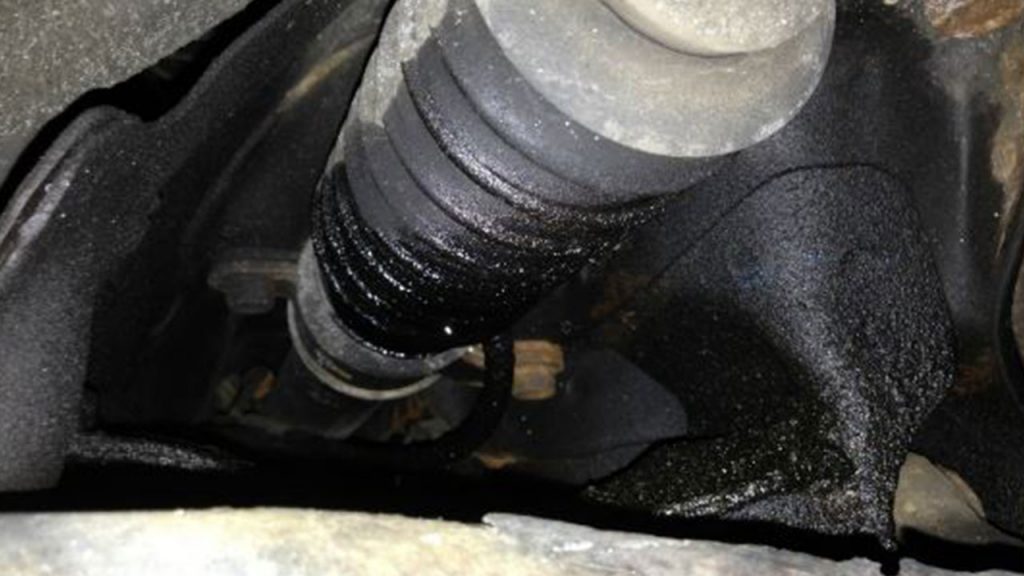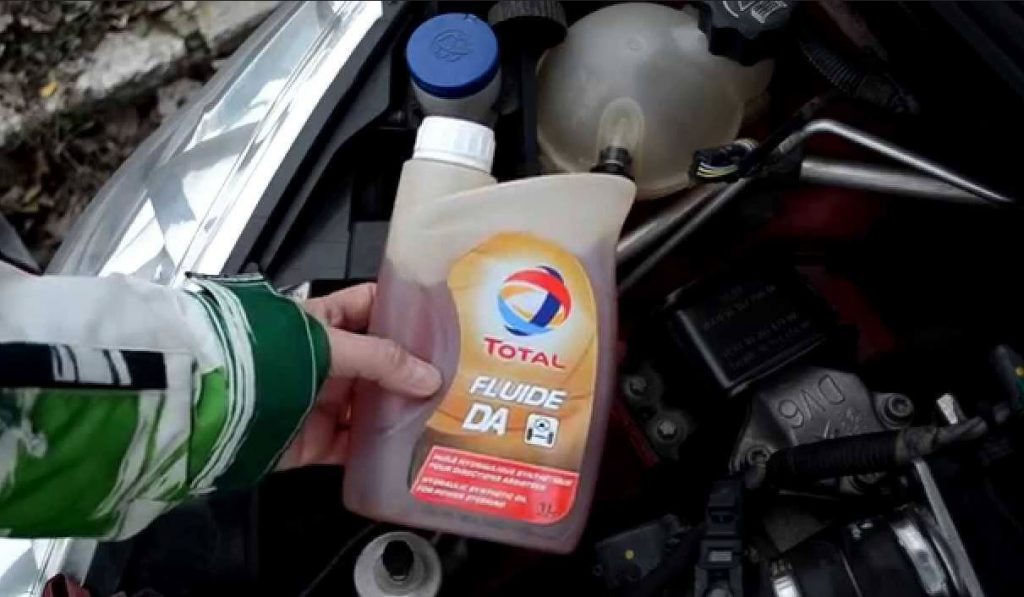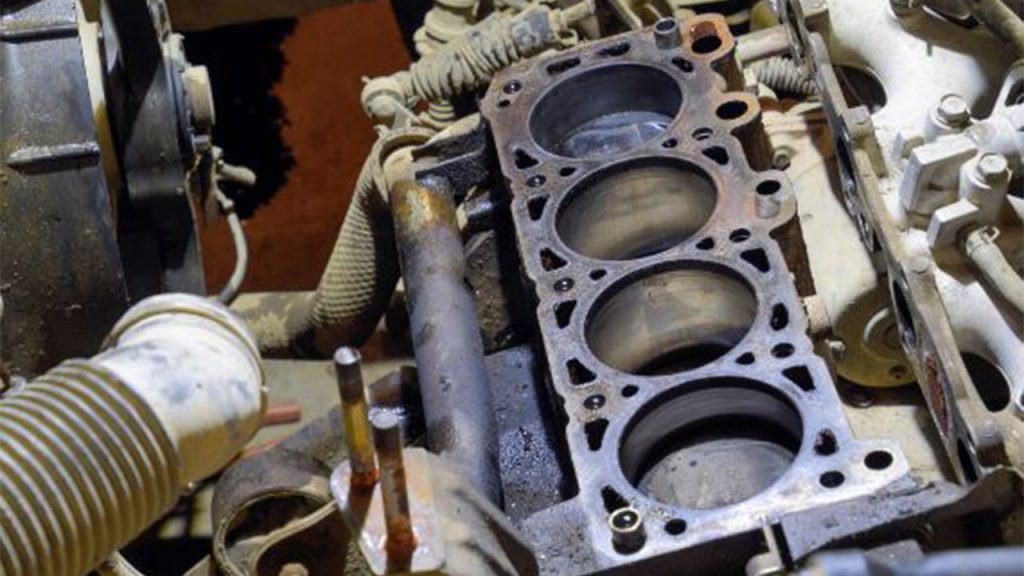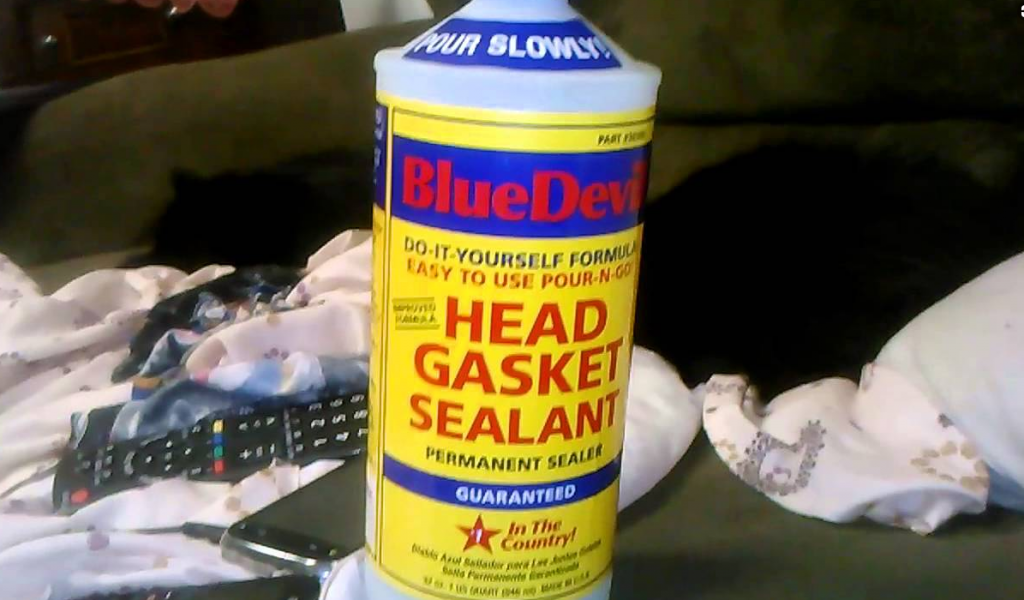5 Ways on how to check spark plugs without removing them? If your engine starts hesitating, shaking, or burning more fuel than usual… don’t pull the spark plugs just yet. You might be able to figure out what’s wrong without even touching your toolbox.
If your engine just doesn’t sound right, or it starts acting like it’s running on half power, chances are you might be dealing with bad spark plugs.
The car hesitates when you accelerate. It shakes more than usual. It might take forever to start. Or maybe it starts fine… but then the performance is just off.
All of these can point to failing spark plugs. And in this article, we’re going to look at 5 ways to check and know if your spark plugs are bad, without removing them.
Yes, that’s right; no socket wrench, no plug puller. Just real signs and smart methods to help you confirm the issue before you even touch the plugs.
5 Ways on how to check spark plugs without removing them
Spark plugs may be small, but they’re critical to engine performance. They’re the ones firing up the fuel-air mix that powers your car. So when one or more of them start to fail, everything else feels off.
And the sneaky part? You might not even realize it’s the plugs… because spark plugs can start failing slowly, not all at once.
Let’s break it down.
First, what are the signs that point to spark plug problems?
- Hard starting: Your engine cranks but takes longer to start, especially in the morning or when cold.
- Rough idle: The engine shakes or vibrates more than usual when idling.
- Loss of power or sluggish acceleration: You press the gas, and the car doesn’t respond like it used to.
- Poor fuel economy: You’re burning more gas than usual, and your mileage is dropping.
- Engine misfires or hesitation: It feels like your engine stumbles or skips when you drive, especially under load or uphill.
- Check Engine Light: The light may come on with codes like P0300 to P0308, which are random or cylinder-specific misfire codes.
Now, before you rush off to yank the spark plugs out, here are 5 simple but effective ways to check if they’re bad, without removing them.
Number 1: Use a Diagnostic Scan Tool or OBD2 Scanner
This is one of the smartest ways to catch plug problems early.
Here’s what to do:
- Plug your scanner into the OBD2 port, usually under your dashboard.
- Read the trouble codes.
- Look for misfire codes:
- P0300 means random/multiple misfires.
- P0301 to P0308 point to specific cylinders, for example, P0304 means cylinder 4 is misfiring and P0306 means cylinder 6 is misfiring; you do the remaining math for the rest cylinder codes.
- Some advanced scanners even show live misfire data, so you can see which cylinder is skipping in real time.
This alone can point you to the exact cylinder with a failing spark plug, no guesswork, no taking things apart.
Fix:
If the scanner points to a misfiring cylinder, and the coil and injector are working fine, replacing the spark plug in that cylinder is the next smart move. Always match the plug type and gap to the manufacturer’s specs.
If you don’t have a scanner, most auto parts stores will scan your car for free.
Number 2: Listen to the Engine Sound and Feel the Vibration
Turn on your car. Let it idle. Now listen closely.
If the engine sounds uneven, like it’s skipping beats, making popping noises, or it just doesn’t have that steady hum, that could be a misfiring spark plug.
Also, if you feel unusual vibrations in the steering wheel, seat, or floorboard, that’s a red flag.
Quick trick:
With the car in Park, gently press the gas pedal to raise RPMs to around 1500 to 2000.
If the vibrations smooth out at higher RPM but return at idle, there’s a good chance the problem lies with a spark plug or ignition coil not firing properly at low speeds.
Fix:
If the vibration is consistent with misfire symptoms, try swapping ignition coils between cylinders to see if the misfire code follows. If it doesn’t, spark plugs are your likely issue. Replace all plugs if they haven’t been changed in a while; don’t just replace one.
Number 3: Smell Your Exhaust Fumes
This one’s easy and surprisingly accurate.
Go to the back of the car and smell the exhaust, but don’t get too close.
If you notice a strong gasoline smell or a raw fuel odor, it might mean one or more spark plugs aren’t firing properly, and unburnt fuel is passing straight into the exhaust.
You might also notice:
- Black soot around the tailpipe
- White smoke, both of these are signs of inefficient fuel burning. For more on this, check out this video below here: on the common causes and signs of white smoke coming out from the exhaust
Fix:
These are classic signs of misfire and unburnt fuel. Replacing the faulty spark plugs will usually eliminate this. Also, clean or inspect your mass air flow sensor and fuel injectors if the issue continues after changing plugs.
Number 4: Use a Coil Pack Drop Test (If You Have Individual Coils)
If your car uses individual ignition coils on each plug, this trick works like magic.
Here’s how to do this properly:
- With the engine running, carefully unplug one coil pack at a time.
- If the engine RPM drops noticeably, that coil and plug are likely working fine.
- But if unplugging a coil makes no difference, that cylinder isn’t firing, meaning the spark plug or coil could be bad.
Warning:
Only do this if you’re comfortable working under the hood.
Wear insulated gloves, work one coil at a time, and don’t hold live connectors while the engine is on. This test exposes you to high voltage and should be done with care.
Fix:
If you find a dead cylinder, try swapping the coil with another one. If the misfire stays on the same cylinder, the spark plug is the likely cause. Replace it, and if one is bad, consider changing them all if they’re overdue.
Number 5: Monitor Your Fuel Consumption and Acceleration Over Time
Sometimes, spark plug issues build slowly.
So if you’re noticing:
- Gradually worsening fuel economy
- The car takes longer to accelerate
- More downshifting on hills
Even though there’s no check engine light, something’s definitely off.
This is usually more noticeable if you track your MPG or driving habits.
Fix:
If your spark plugs haven’t been changed in 30,000 to 50,000 miles (for copper) or 100,000+ miles (for iridium or platinum), it’s probably time. A new set of properly gapped spark plugs can dramatically restore fuel economy and engine responsiveness.
Bonus Tip: Don’t Overlook Other Parts
Spark plug issues often show up alongside coil issues or fuel delivery problems.
So if you’ve:
- Replaced ignition coils or fuel injectors
- Cleaned the throttle body or air intake. By the way have a video on how to clean the throttle body and Intake. I will link them below… and the symptoms persist?
Then spark plugs could be the missing piece you didn’t replace.
What Happens When You Fix It?
After identifying the issue with these checks, replacing your spark plugs can:
- Make your engine run smoother
- Stop misfires or hesitation
- Improve acceleration and throttle response
- Help you get better gas mileage
- Extend the life of your ignition coils and catalytic converter
FAQ (Frequently Asked Questions on this)
Before we wrap things up, let’s look at quick answers to some of the common questions people ask about spark plug problems.
Sometimes it’s not just about checking, it’s about understanding what’s really going on under the hood.
FAQ 1: Can spark plugs go bad without triggering a check engine light?
Yes, absolutely. Not all misfires are strong enough to trigger a warning light right away. If the engine’s only misfiring occasionally or just at idle, the ECU might not set a code yet. But if you’re noticing rough starts, poor acceleration, or bad fuel mileage, your spark plugs could still be on their way out, even if there’s no light on the dash.
FAQ 2: How often should spark plugs be replaced?
It depends on the type:
- Copper plugs: usually every 30,000 to 50,000 miles
- Platinum or iridium plugs: can last up to 100,000 miles or more
Check your owner’s manual. And if your car’s been running rough and you’re well past that interval, it’s time to change them.
FAQ 3: Can bad spark plugs damage my engine over time?
Yes, they can. When spark plugs misfire, unburnt fuel gets pushed into the exhaust, which can:
- Overload and damage your catalytic converter
- Wear out your ignition coils faster
- Causes uneven engine wear from inconsistent combustion
So if something feels off, don’t ignore it too long — spark plug issues get more expensive the longer you wait.
FAQ 4: What’s the difference between a bad spark plug and a bad ignition coil?
Good question. They both cause similar symptoms. Here’s the trick:
- If you swap ignition coils and the misfire moves to a different cylinder, it’s the coil.
- If it stays on the same cylinder, it’s probably the plug.
That one step saves you a lot of guesswork.
FAQ 5: Can I drive with a bad spark plug?
You can, but it’s not a good idea. Driving with a misfire:
- Burns more fuel
- Causes jerky acceleration
- Can lead to more expensive repairs, like damaged coils or a burnt catalytic converter
If you’re in a tight spot, drive gently and get it fixed soon.
FAQ 6: Do I need to replace all the spark plugs or just the bad one?
If they’re fairly new and one plug is bad, replacing just that one is fine.
But if they’re all old, say 60,000 miles or more, replacing the full set is smarter. It gives you smoother performance and saves you the headache of replacing another one next month.
FAQ 7: What are the best spark plugs for my car?
Stick with what your car’s manufacturer recommends, it’s usually the safest bet.
- Copper plugs are cheaper but wear out faster
- Platinum and iridium plugs last longer and handle heat better
Unless you’ve modified your engine, there’s no need to upgrade; just match the plug type and gap, and you’re good to go.













